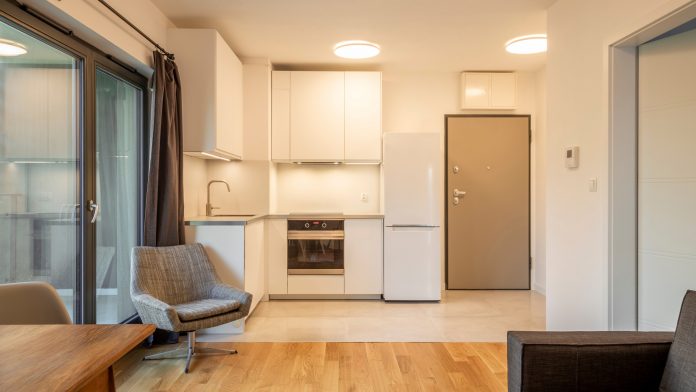Key Highlights
- Size classification of micro-units is between 200-400 square feet
- Micro units more expensive to build but offer more rentable square footage and higher potential ROI
- Micro units rent for 20-30% less than conventional rental units
It seems as though everyone and her brother is looking for more affordable housing units in the midst of severe inventory shortages and rising rental and housing costs. Some people believe that micro-unit housing could be one of the solutions.
New Free Webinar Shows You The 12 Secrets Of Real Millionaire Agents. Stop Struggling. You Can FINALLY Laugh At Your Money Worries – If You Follow This Simple Plan. Learn How To Generate 100’s of Motivated Leads Without Coming Off As A Pushy Salesperson and Losing Your Soul. Learn Now How To Become One of the 1000s of Agents Making HUGE Money Who Never Thought They Could.
YES, I Want To Attend The FREE Webinar! <——Click To Register
P.S. Free Webinar, Limited Space. Less Than 300 Spots Still Available.
Micro-units typically have a size classification between 200-400 square feet. (Three micro-units can often fit inside the square footage of one conventional apartment rental.) Within that small square footage, units come complete with a kitchen or kitchenette, a bathroom and combined sleeping-living room space. Such units are comparable to studio apartments in Paris, Rome and Tokyo.
Many designers and developers are creating several solutions and/or illusions that make micro-units appear/feel larger and more livable. High ceilings, oversized windows, flexible/movable furniture systems such as kitchen islands and built-in storage systems are common and are compliant with FHA quality standards for new buildings.
According to research done by the Urban Land Institute (ULI), micro-units tend to be 20-30% less expensive than conventional units and are most popular with the under 30, working crowd who is most willing to compromise size and space for location and amenities for cost savings.
The Urban Land Institute found that higher density metros such as Seattle, Portland, Chicago, Boston, Washington DC, New York City and San Francisco are attracting micro-unit living and investment. Occupancy rates in micro-unit buildings tend to be higher than conventional units but lease turnover is higher and 58% of tenants living in conventional housing wouldn’t even consider micro-unit living despite the housing cost savings.
If you and/or your clients are considering investing in micro-unit housing, the ULI suggests:
- You pay attention to design and functionality
- You pay attention that the micro-unit building is in an “ideal” location with “ideal” amenities such as a market and laundry services in close proximity
- You consider offering on-site storage either included in the rent or for an additional fee
- You consider offering the unit for sale when the lease expires as an alternative for retaining income and increasing your returns.
Thanks to msn.com’s Liz Brumer-Smith for source data.
Also read: What First-Time Buyers Want from Government, What Are Investors Looking For in 2020?, Landing – A Startup Targeting Millennial Professionals for High-End Rentals























